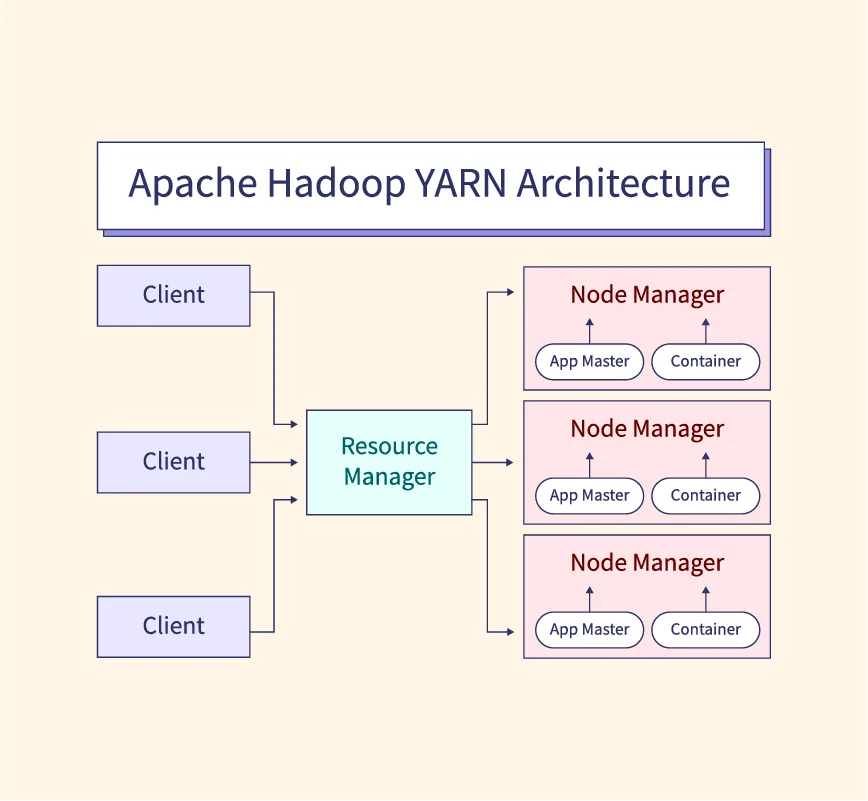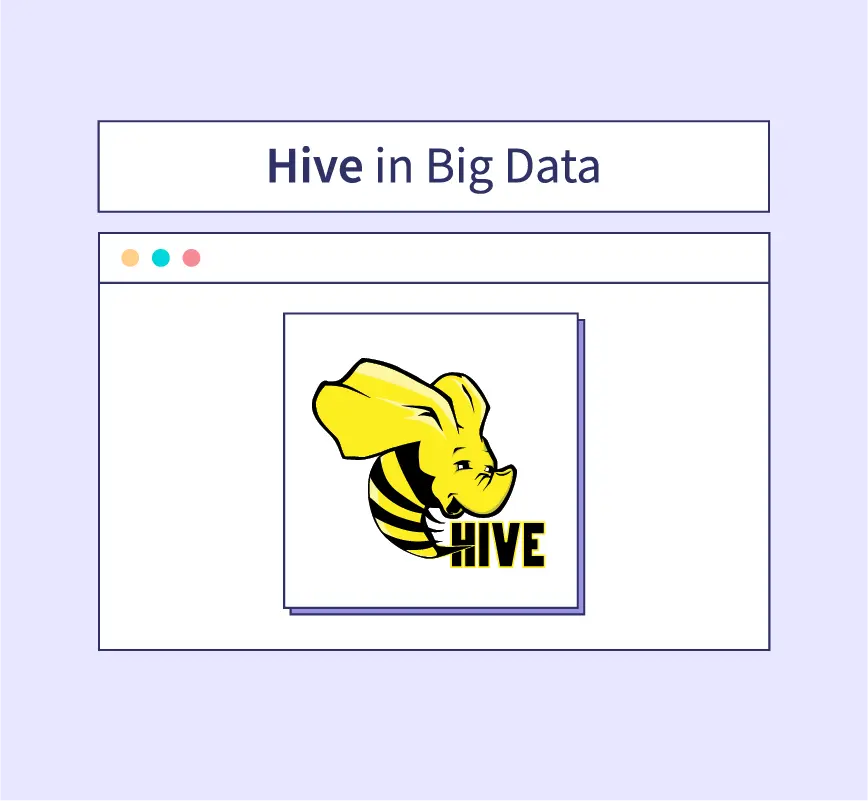AI Security involves protecting artificial intelligence systems while leveraging AI to strengthen cybersecurity measures. It ensures the safety and integrity of AI models, data, and systems from malicious activities and vulnerabilities. This field is critical as AI becomes integral to industries like healthcare, finance, and autonomous systems.
The Concept of AI Security
AI Security focuses on two primary areas:
- Security of AI: This aspect involves safeguarding AI systems themselves from threats such as:
- Adversarial Attacks: Deliberately altering input data to deceive AI models. For instance, subtle changes in images can mislead facial recognition systems.
- Data Poisoning: Introducing malicious data during model training, which can compromise the accuracy and reliability of AI systems.
- Model Exploitation: Stealing AI algorithms or reverse-engineering models, threatening proprietary technology and intellectual property.
- AI for Security: This entails the use of AI to enhance cybersecurity by:
- Detecting and mitigating threats in real-time through intrusion detection systems.
- Automating security processes to identify unusual patterns and respond proactively to cyberattacks.
- Conducting predictive analytics to anticipate and prevent potential security breaches.
Examples of Threats to AI Systems
- Spoofing Attacks: Manipulating AI systems by mimicking legitimate inputs to manipulate decisions.
- Bias Exploitation: Taking advantage of inherent biases in AI algorithms to produce skewed or harmful results.
Why is AI Security Important?
The growing reliance on artificial intelligence in sensitive industries and critical infrastructures highlights the urgent need for robust AI security. As AI becomes integral to healthcare, finance, transportation, and government operations, safeguarding these systems is essential to ensure their reliability and ethical use.
The Impact of AI Security Breaches
AI security breaches can have severe consequences, such as:
- Compromised Decision-Making: An adversarial attack on an AI system used for medical diagnostics or financial predictions could lead to incorrect or harmful outcomes, impacting lives and economies.
- Privacy Violations: AI systems often process vast amounts of personal data. A security lapse can expose sensitive information, leading to identity theft or reputational damage.
- Financial Losses: In industries like banking, a compromised AI fraud detection system can result in fraudulent transactions and substantial monetary losses.
Regulatory Requirements and Ethical AI Deployment
Governments and regulatory bodies are increasingly mandating standards for AI deployment to ensure data security and ethical practices. Regulations like the GDPR emphasize the need for transparency, accountability, and robust security in AI systems. Organizations must adhere to these guidelines to avoid penalties and maintain public trust.
Potential Vulnerabilities and Risks in AI Systems
As artificial intelligence (AI) systems are increasingly integrated into critical operations, identifying and addressing their vulnerabilities is essential to ensure their robustness and reliability. These vulnerabilities can affect data, models, and the overall system architecture, leading to significant risks. Below is a detailed exploration of the key areas where AI systems are susceptible.
1. Data Security Risks
Data is the foundation of AI systems, but it is also one of their most significant points of vulnerability. Compromising the data used in AI workflows can have far-reaching consequences.
- Data Poisoning: Malicious actors may deliberately introduce false or misleading data into training datasets, corrupting the model’s ability to learn accurate patterns. For example, in a fraud detection system, manipulated training data could cause the AI to overlook fraudulent activities.
- Data Breaches: Sensitive information used by AI models, such as patient records in healthcare or customer data in financial services, is a prime target for cyberattacks. Breaches can lead to privacy violations, reputational damage, and financial losses.
- Data Manipulation During Inference: Real-time operational data can also be intercepted and altered, leading to flawed outputs in AI-driven decisions.
2. Model Security Risks
AI models themselves are highly valuable and vulnerable to exploitation by attackers who target their underlying structure or functionality.
- Model Inversion Attacks: Adversaries can analyze an AI model’s outputs to reverse-engineer sensitive information about its training data, exposing confidential or private details.
- Model Extraction: Attackers replicate the functionality of a proprietary model, stealing intellectual property and enabling unauthorized usage. This can lead to competitors or malicious actors gaining access to high-value AI technology.
3. Adversarial Attacks
Adversarial attacks involve manipulating inputs in subtle yet deliberate ways to deceive AI systems. These attacks highlight the fragility of AI models in real-world scenarios.
- Image Misclassification: Slight pixel modifications in images can trick AI models into misclassifying objects. For instance, altering a stop sign image could cause an autonomous vehicle to misinterpret it as a speed limit sign, leading to dangerous consequences.
- Textual and Audio Manipulations: In natural language processing (NLP) systems, adversarial text input may lead to incorrect sentiment analysis or biased chatbot responses.
4. Model Drift and Decay
AI models are dynamic systems that rely on data distributions remaining consistent over time. However, external factors often change these distributions, causing model performance to degrade.
- Environmental Changes: In predictive analytics, shifts in consumer behavior or economic conditions can render models ineffective if they are not retrained regularly.
- Data Distribution Shifts: New data trends, such as the emergence of slang in NLP applications, can affect model accuracy if not properly accounted for.
To combat these issues, regular monitoring, retraining, and validation are essential.
5. Supply Chain Attacks
AI systems depend on a variety of external components, including datasets, software libraries, and hardware. These dependencies create opportunities for supply chain attacks.
- Compromised Tools and Frameworks: Malicious actors can embed vulnerabilities or malware into widely used AI libraries or frameworks, spreading the threat to multiple systems.
- Unverified Data Sources: Using datasets from untrusted sources increases the risk of introducing inaccurate or malicious data into the AI workflow.
6. Regulatory and Ethical Concerns
Ensuring compliance with regulatory and ethical standards adds another layer of complexity to securing AI systems.
- Compliance with Laws: Regulations such as GDPR, HIPAA, and CCPA require robust data protection and transparency measures. Failing to comply can result in hefty fines and legal repercussions.
- Bias and Fairness: AI systems trained on biased data can produce discriminatory outcomes, eroding public trust and potentially violating anti-discrimination laws.
- Transparency Challenges: Complex AI models, such as deep learning systems, often function as “black boxes,” making it difficult to explain their decisions to stakeholders or regulators.
Benefits of AI Security
Artificial intelligence (AI) security offers numerous advantages in safeguarding digital ecosystems and enhancing overall cybersecurity frameworks. These benefits extend across various industries, ensuring systems remain secure, efficient, and resilient in the face of evolving threats.
1. Enhanced Threat Detection
AI-powered security systems excel at identifying and mitigating potential threats faster and more accurately than traditional methods.
- Anomaly Detection: AI systems analyze vast amounts of data to identify patterns and anomalies indicative of cyber threats, such as unauthorized access or unusual activity.
- Real-Time Monitoring: With AI, security teams can receive instant alerts about potential breaches, allowing for immediate action to minimize damage.
- Advanced Threat Analytics: Machine learning models continuously learn from new data, improving their ability to detect sophisticated threats like zero-day vulnerabilities or advanced persistent threats (APTs).
2. Automation
AI brings unparalleled automation to cybersecurity, streamlining tedious and repetitive tasks that often consume significant human resources.
- Automated Monitoring: AI systems continuously scan networks, endpoints, and applications for vulnerabilities without requiring manual intervention.
- Incident Response: AI-enabled tools can automatically contain and neutralize threats, such as isolating infected devices or blocking malicious IP addresses, significantly reducing response times.
- Reduced Workload: By automating logging and reporting tasks, AI allows security teams to focus on strategic initiatives rather than routine operations.
3. Scalability
As digital systems grow in complexity and scale, AI security ensures that large-scale environments remain protected.
- Handling Big Data: AI tools can process and analyze vast datasets across multiple systems, identifying risks that would be impossible to detect manually.
- Cloud Security: In multi-cloud and hybrid environments, AI solutions offer consistent protection by monitoring traffic and ensuring compliance with security policies.
- Global Reach: AI-powered systems can secure networks spread across different geographies, providing uniform security measures for multinational organizations.
4. Proactive Defense
Unlike traditional security measures that react to incidents, AI security adopts a proactive approach, predicting and preventing threats before they occur.
- Threat Forecasting: AI models analyze historical and real-time data to predict potential attack vectors and weak points in the system.
- Dynamic Defenses: Adaptive AI algorithms modify security protocols in response to emerging threats, ensuring continuous protection.
- Vulnerability Management: AI helps organizations prioritize vulnerabilities based on potential impact, enabling efficient resource allocation for patch management.
Applications and Use Cases of AI in Security
AI plays a transformative role in enhancing security systems across various domains. Its advanced capabilities help organizations protect data, detect threats, and streamline operations, making AI a critical component of modern security frameworks.
Data Protection and Privacy
AI ensures sensitive data remains secure by identifying vulnerabilities and preventing data exposure.
- Example: AI systems monitor and analyze traffic to detect unusual data access patterns, safeguarding personal and financial information.
- Sensitive Data Mapping: Machine learning algorithms locate and categorize sensitive data across networks, ensuring compliance with regulations like GDPR and HIPAA.
Advanced Threat Hunting
AI enhances threat detection by identifying complex patterns and behaviors indicative of cyberattacks.
- Proactive Analysis: AI-powered tools analyze vast datasets to uncover hidden threats, such as malware or phishing campaigns, that evade traditional detection systems.
- Pattern Recognition: By identifying subtle indicators of compromise (IoCs), AI enables security teams to act before a full-scale breach occurs.
Identity and Access Management (IAM)
AI strengthens user authentication and prevents unauthorized access by analyzing behavioral patterns.
- Behavioral Anomaly Detection: AI monitors user activity, such as login locations and device usage, flagging deviations from normal behavior.
- Adaptive Access Controls: AI dynamically adjusts permissions based on risk assessments, ensuring secure access without compromising user experience.
Fraud Detection
AI plays a pivotal role in identifying fraudulent activities in real-time by analyzing transaction patterns.
- Financial Security: AI detects irregularities in payment systems, such as unusually large transactions or atypical spending behavior, minimizing financial fraud.
- Insurance Claims: Machine learning algorithms identify anomalies in insurance claims, reducing fraudulent payouts and operational costs.
Cybersecurity Automation
AI automates repetitive tasks, enhancing operational efficiency and freeing up resources for strategic initiatives.
- Patch Management: AI identifies software vulnerabilities and automates patch deployment, reducing system exposure to potential exploits.
- Log Analysis: AI tools process and analyze security logs, providing actionable insights and real-time alerts for potential threats.
AI Security Best Practices
Implementing best practices for AI security is essential to safeguard systems, data, and models against potential vulnerabilities. These practices combine robust technological measures with strategic oversight to ensure comprehensive protection.
Robust Data Management: Robust data management is fundamental to securing AI systems. Organizations must establish secure data pipelines that protect sensitive information during transit and storage. Encryption is a critical component, ensuring that data remains inaccessible to unauthorized parties even if intercepted. Moreover, adopting stringent access controls and anonymization techniques adds another layer of security, particularly when handling personally identifiable information (PII).
Model Security: Protecting AI models requires proactive measures such as adversarial training and regular monitoring. Adversarial training strengthens models against manipulative attacks by exposing them to adversarial examples during the training phase. Additionally, continuous monitoring of models helps identify performance issues, model drift, or potential breaches early, enabling quick remedial actions. Techniques like differential privacy also ensure models are resistant to data extraction attacks.
Threat Intelligence: Leveraging AI for threat intelligence enhances real-time security capabilities. AI-driven systems can analyze global threat data and provide updates on emerging vulnerabilities, helping organizations stay ahead of potential attacks. This proactive approach allows security teams to deploy countermeasures swiftly, reducing the risk of exploitation. By incorporating AI-powered threat detection tools, businesses can predict and mitigate risks effectively.
Human Oversight: Human oversight remains crucial in ensuring the ethical and secure deployment of AI systems. While AI automates many processes, critical decisions—particularly those involving ethical or high-risk scenarios—should involve human validation. This collaboration between AI and human expertise helps maintain accountability and mitigates errors stemming from algorithmic biases or misinterpretations.
Compliance: Compliance with regulatory standards is another vital aspect of AI security. Regular audits and assessments ensure adherence to frameworks such as GDPR, HIPAA, and other regional or industry-specific regulations. These evaluations verify that AI systems are operating ethically, transparently, and within the legal boundaries. Establishing comprehensive documentation and reporting practices also aids in meeting compliance requirements and building stakeholder trust.
Challenges in Implementing AI Security
Despite its transformative potential, implementing AI security presents several challenges that organizations must navigate to ensure effective and reliable systems.
1. Cost and Resource Intensity
One of the primary challenges is the cost and resource intensity associated with AI security. Developing and deploying AI-powered security solutions require significant investment in advanced tools, infrastructure, and skilled talent. The financial barrier can be especially daunting for small and medium-sized enterprises (SMEs). Additionally, maintaining these systems demands continuous updates and monitoring, which further increases operational costs. Organizations often face difficulties in allocating resources effectively to balance cost-efficiency with robust security.
2. Bias in AI Systems
Bias in AI systems is another critical concern in AI security implementation. AI models rely heavily on the data they are trained on, and if this data contains inherent biases, the system may produce skewed or unfair outcomes. For example, biased datasets in identity verification systems may lead to incorrect denial of access or discriminatory practices. Ensuring unbiased decision-making requires meticulous dataset selection, rigorous testing, and the application of fairness-aware algorithms, which add layers of complexity to the development process.
3. Evolving Threats
The constantly evolving nature of cyber threats also poses a significant challenge. Attackers continually develop sophisticated techniques, such as adversarial attacks, model inversion, and data poisoning, that exploit vulnerabilities in AI systems. To counter these, organizations must adopt a proactive approach, updating their AI security frameworks regularly to stay ahead of emerging threats. However, keeping up with these advancements can strain organizational resources and demand an agile, well-trained security team.
The Future of AI Security
The future of AI security is set to be defined by emerging technologies and innovative approaches designed to address complex challenges in the cybersecurity landscape. One significant trend is the rise of explainable AI (XAI), which focuses on making AI systems more transparent and interpretable. As AI increasingly influences critical decision-making in security, organizations will demand greater clarity about how these systems arrive at conclusions. Explainable AI ensures trust and accountability by providing human-readable explanations for AI-driven insights.
Generative AI is another transformative force poised to reshape cybersecurity. While generative models have been leveraged for malicious purposes, such as creating convincing phishing emails, they also hold potential for defensive strategies. For example, generative AI can simulate sophisticated attack scenarios, enabling organizations to anticipate and counter advanced cyber threats. Additionally, these models can assist in automating the creation of robust security measures, such as real-time patch generation for vulnerabilities.
Quantum computing presents both a challenge and an opportunity for AI security. As quantum computers become capable of breaking traditional encryption methods, the need for quantum-safe AI systems will grow. These systems will integrate advanced cryptographic techniques to secure sensitive data and AI models, ensuring resilience against quantum-powered attacks.
In the coming years, AI security will solidify its role as a core component of global cybersecurity strategies. Governments, enterprises, and institutions will increasingly invest in advanced AI-driven defenses to protect critical infrastructure, financial systems, and personal data. The emphasis will shift toward proactive threat detection and prevention, ensuring a secure digital future powered by intelligent and adaptive AI technologies.
Conclusion
AI security has become a critical aspect of the modern technological landscape, ensuring the safe and ethical use of artificial intelligence across industries. As AI systems continue to integrate deeply into essential sectors like healthcare, finance, and infrastructure, safeguarding these technologies against evolving threats is paramount.
Continuous innovation, robust monitoring, and proactive measures are vital to protect AI systems from vulnerabilities such as adversarial attacks, data breaches, and ethical challenges. By prioritizing AI security, organizations can not only secure their operations but also foster trust in AI-driven solutions. The future of AI depends on striking the right balance between innovation and responsibility, making AI security an indispensable pillar of progress.
References:


